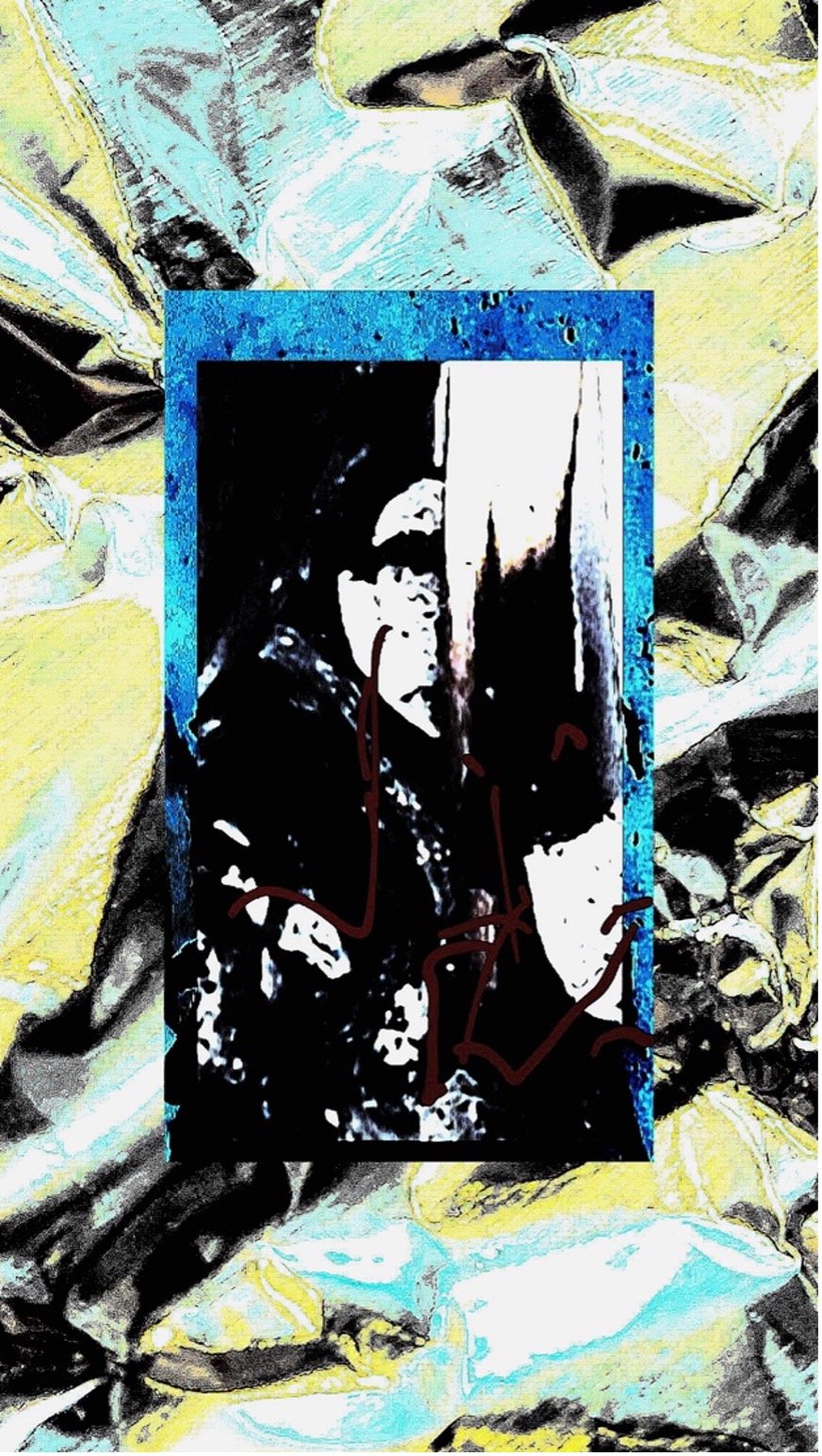Tony Brinkley
Icons of War: A Visual Essay
There is a cyclone fence between
ourselves and the slaughter and behind it
we hover in a calm protected world like
netted fish, exactly like netted fish.
—Carolyn Forché
Forest Negative
When bewildered Russian soldiers invaded Ukraine in February 2022, the appearances of things and of the life in things changed. News from a distant war infected the everyday, and we could see what we hadn’t seen before. Of course, this could have happened earlier—there was never any shortage of catalytic atrocities (they were—they are—everywhere to name) —but we had had the vigilance to screen them out (however acknowledged) at the borders of vision to maintain more or less an emotional oblivion. And then, as Lincoln said in another catastrophic time, “the war came.” And the look of things altered if we looked into their life.
Burnt Match, Wood Scrap, Cannabis Smudge
For the most part there was nothing you could say, but the change could be everywhere to see. The head of a burned match could appear to have a human face. Trees had a way of facing you. The smudge of cannabis resin on a paper towel became an icon. Since February 2022, I have tried to picture these transformations as the things I live with become icons.
Cannabis Smudge, Pavement
I began with photographs of the things around me—in the house, in the yard, on the street, in the garden. I wanted to see what my phone would picture, and as I looked at the digital photographs on the phone’s tiny screen, as I edit the pictures with the limited editing, rearrangements and montage for which the phone allowed, I found images I hadn’t seen before but (like the animals that surface from the face of clouds or the rock walls in paleolithic caves) were beginning to come to life.
Mulch Scrap, 2 Floor Boards, Mushroom Patch
I began to see what my mind was ready (but unprepared) to witness: poems without words, icons that look into a reader’s face.
Burnt Match, Flowers
Just as any object can embody the Buddha and center a space if regarded as such, just as every thought can become a koan if received as a koan, images become icons if they face us as icons. Pavel Florensky writes that an icon is an appearance of the energy for which it is the leading wave. As the wave floods in the mind, the appearance dissolves but its spirit becomes palpable.
Burnt Matches, Cannabis Smudges, Tree Bark
In my eyes, the poems without words that I could find in photographs of things became icons for terror and love that coexist as incommensurates in my mind. Inevitably this coexistence for me and for everyone existed before 2022, but for some of us, Putin’s War made it visible again and as if for the first time. Outcries became visible if not audible, silenced in acoustic shadows. Our shock testified against us.
Cannabis Smudges, Mushroom Patch
In 1940 Walter Benjamin wrote that “the tradition of the oppressed teaches us that the ‘state of emergency’ in which we are living is not the exception but the rule… The current amazement that the things we are experiencing are ‘still’ possible in the twentieth century is not philosophical. The amazement is not the beginning of knowledge—unless it is the knowledge that the view of history which gives rise to it is untenable.” Still, in the winter of 2022, the shock was (and the shock continues to be) palpable.
Burnt Match, Garden Stones
So I am still and I am silent, because if I open my
mouth, I may never stop screaming.
—Franz Kafka
Burnt Match, Leaves, Mushroom Patch
You start to realize the degree of horror.
—Aleksei Navalny
“ICONS OF WAR began as attempts to respond to Putin’s War. The icons are poems but they are written with visual images rather than words. While the point of departure is the war in Ukraine, the poems have also been shaped by more recent events on Oct. 7, and since Oct. 7 in Gaza. I live at a safe distance but the everyday around me has seemed to be transformed by the distant desolations. The icons record these transformations.” —Tony Brinkley
Before retirement, Tony Brinkley taught literature at the University of Maine. He is the author of Stalin’s Eyes (Puckbrush Press), Gomorrah (Cerise Press), and the editor (with Keith Hanley) of Romantic Revisions (Cambridge University Press). His poetry and translations have appeared in Mississippi Review, Another Chicago Magazine, Beloit Poetry Journal, Cerise Press, Drunken Boat, Four Centuries, Hinchas de Poesie, Hungarian Review, MayDay, New Review of Literature, Poetry Salzburg Review, Otoliths, Shofar, Metamorphosis, OPEN, Stolen Island Review, and World Literature Today. Recent translations include poetry by Charles Baudelaire, Arthur Rimbaud, Paul Valéry, Rainer Maria Rilke, Osip Mandelshtam, Marina Tsvetaeva, Boris Pasternak, and Anna Akhmatova.











